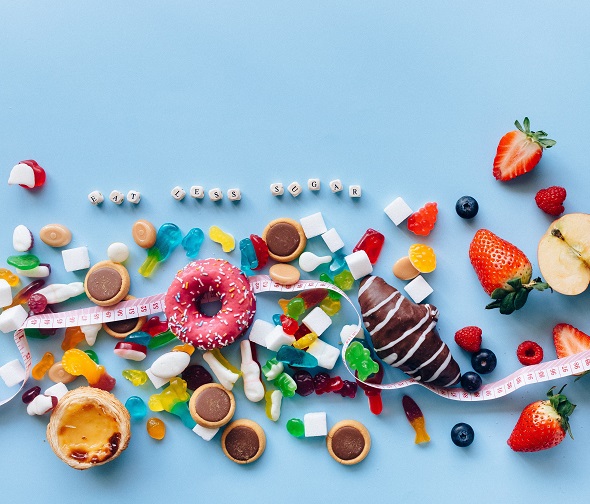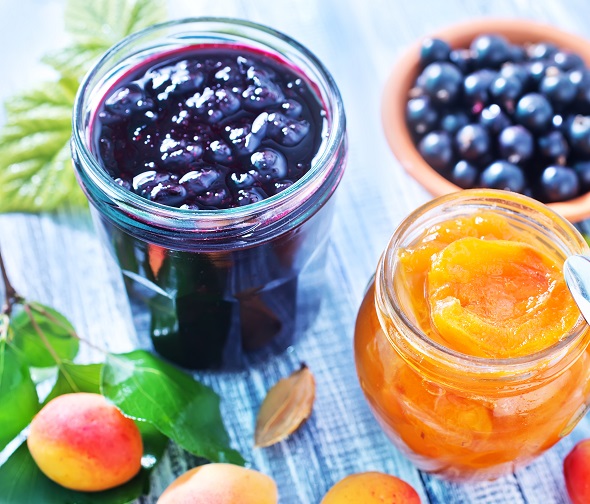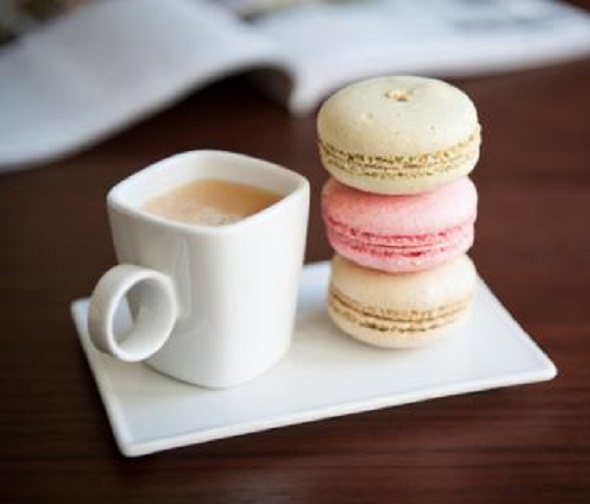Sweetness is our favorite taste stimulus. Many of the words derived from this, such as sweet, sweet, sweet and so on, are beautiful expressions of emotion.
How does sweetness come about?

 For example, sucrose, which enters the mouth and is dissolved by saliva into a sucrose solution. The sucrose solution in the mouth then quickly penetrates into taste cells through tiny channels in the taste buds on the tongue, reaching receptors for taste cells. Sucrose interacts with receptors that send signals to the brain, and humans experience sweetness. The whole process is extremely fast, taking only about three milliseconds.
For example, sucrose, which enters the mouth and is dissolved by saliva into a sucrose solution. The sucrose solution in the mouth then quickly penetrates into taste cells through tiny channels in the taste buds on the tongue, reaching receptors for taste cells. Sucrose interacts with receptors that send signals to the brain, and humans experience sweetness. The whole process is extremely fast, taking only about three milliseconds. There are many other substances besides sucrose that produce a similar taste response. There's a class of substances that, because of their molecular structure, require a hundredth of the amount of sucrose to produce the same intensity of taste signals. These are high-intensity sweeteners, such as the familiar saccharin, and stevia, a natural plant extract.
We often use the sweetness multiple to describe the sweetness of sweeteners. In fact, we use the sweetness of sucrose as a reference. If the sweetness factor of sucrose is 1, then saccharin is 300, cyclamate is 40, aspartame is 150, and stevia is 300. How do you get these numbers?
 In fact, these multiples of sweetness are not detected by advanced physical and chemical testing equipment, but by human "taste". Let's take stevia, for example, and talk about how you taste the sweetness multiple.
In fact, these multiples of sweetness are not detected by advanced physical and chemical testing equipment, but by human "taste". Let's take stevia, for example, and talk about how you taste the sweetness multiple. Start by preparing a standard reference solution for sucrose, such as 5% sugar water. Then we made an aqueous solution of stevia and compared it with a control sugar water. If a 0.016% concentration of stevia solution is equal in sweetness, then stevia is 300 times sweeter.
 This seemingly simple experiment is actually a bit tricky: for example, sweetness sensitivity, accuracy, and consistency vary depending on the person's taste. So, for each test, you need to arrange a group of people, and use the average number to calculate.
This seemingly simple experiment is actually a bit tricky: for example, sweetness sensitivity, accuracy, and consistency vary depending on the person's taste. So, for each test, you need to arrange a group of people, and use the average number to calculate.
One might ask, why 5% sugar water? Do you get the same results with 2% and 10% sugar water? The answer is, no. If stevia is compared to low concentration sugar water, it can exceed 300 or even 400 sweetness multiples, but if it is compared to high concentration sugar water, syrup as a reference, then only about 200 sweetness. Therefore, the so-called sweetness multiple of stevia, is also a relative concept.
In addition, in the actual food and beverage industry, there are more factors affecting sweetness, such as temperature, medium, acid and base, ions can affect sweetness taste. Of course, as far as stevia itself is concerned, the high A3 size stevia is better than the regular 90% size stevia in sweetness.